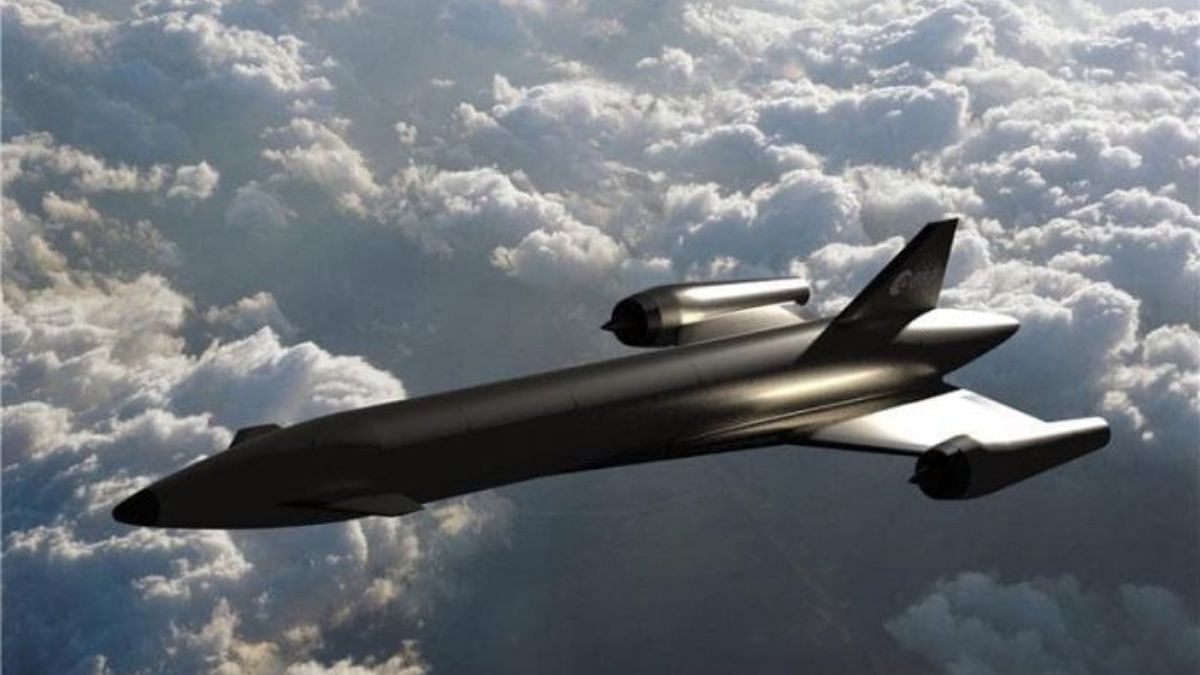ESA Launches Research to Develop Hydrogen-Powered Spaceplane by 2031
Key Ideas
- The European Space Agency, in collaboration with Frazer Nash Consultancy, is working on developing a hydrogen-powered spaceplane by 2031 for hypersonic flight.
- The project, named INVICTUS, aims to create fully reusable experimental aerospace vehicles capable of flying at Mach 5, utilizing precooled hydrogen-fueled propulsion to achieve extreme speeds.
- The technology behind the hydrogen-powered spaceplane allows for horizontal takeoff and landing, reduced emissions, and improved efficiency compared to traditional jet engines.
- The research program is funded by the ESA's General Support Technology Programme and Technology Development Element, bringing together key players in hypersonic technology to drive advancements in aerospace engineering.
The European Space Agency (ESA), in partnership with Frazer Nash Consultancy, has initiated a research program to develop a hydrogen-powered spaceplane by 2031. Named INVICTUS, the project aims to create fully reusable experimental aerospace vehicles capable of flying at Mach 5, using advanced technologies for sustained hypersonic flight. The spaceplane's key feature is the utilization of precooled hydrogen-fueled propulsion, allowing for operations at extreme speeds by cooling the incoming hypersonic airflow. This innovative technology addresses the limitations of conventional jet engines when flying at hypersonic speeds. Unlike traditional rockets, the hydrogen-powered spaceplane will take off and land horizontally from a runway, offering lower emissions and improved efficiency. The project, funded by ESA's technology programs, involves collaboration with leading entities in hypersonic technology to achieve breakthroughs in aerospace engineering. The hydrogen-powered spaceplane is set to revolutionize space travel by combining sustainability with advanced propulsion systems, showcasing a positive step towards greener and more efficient aerospace technologies.
